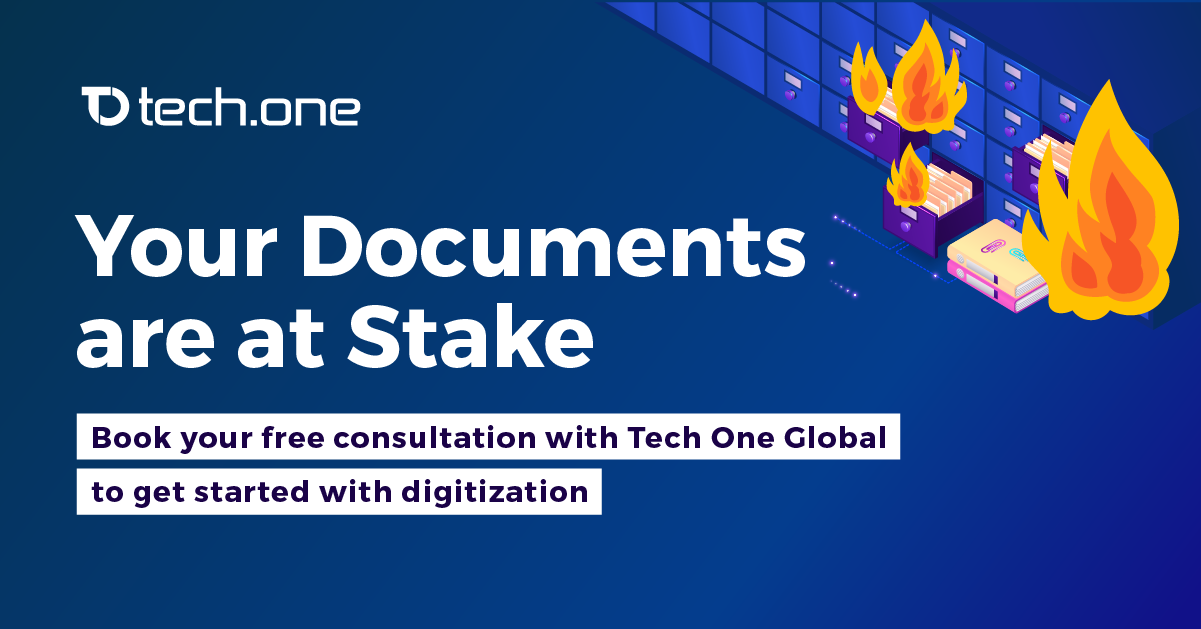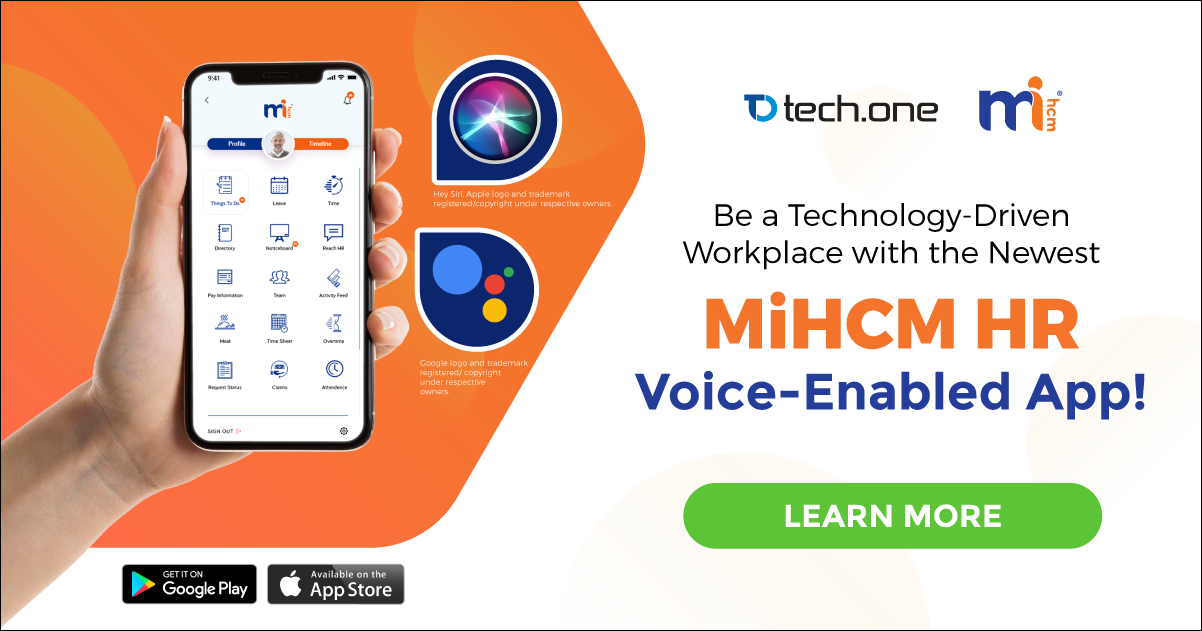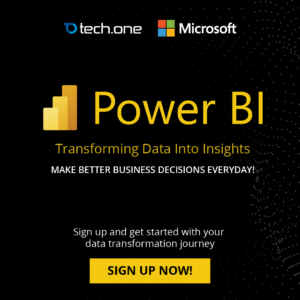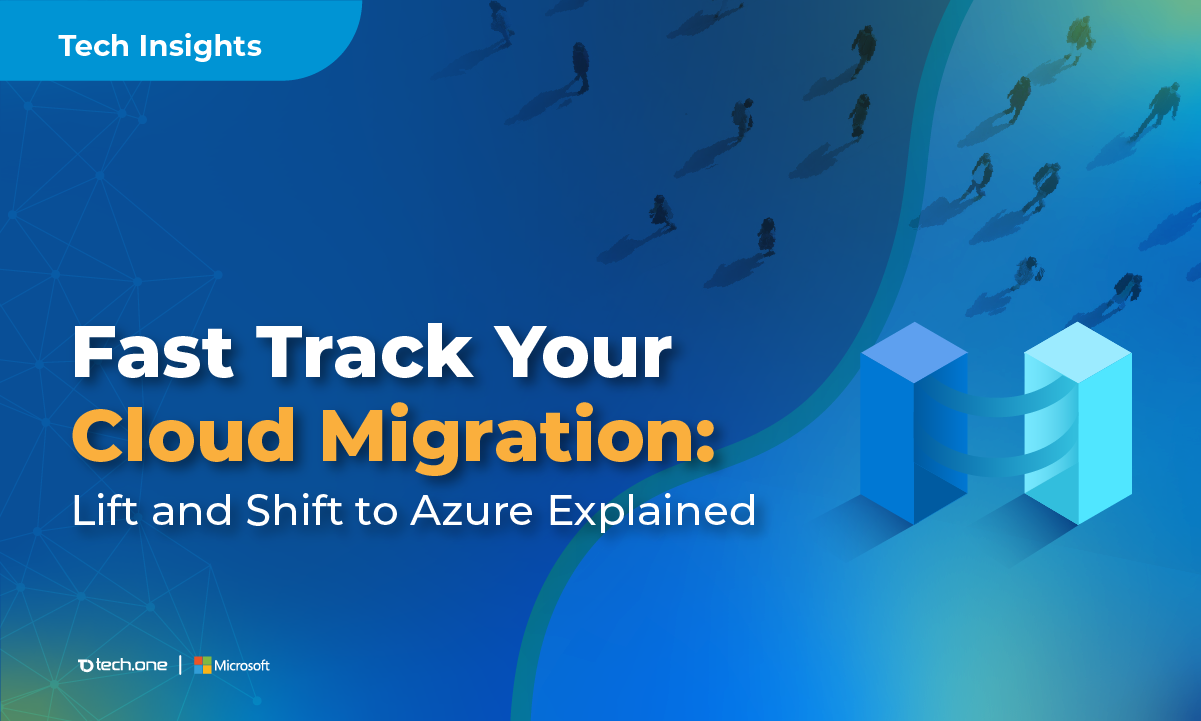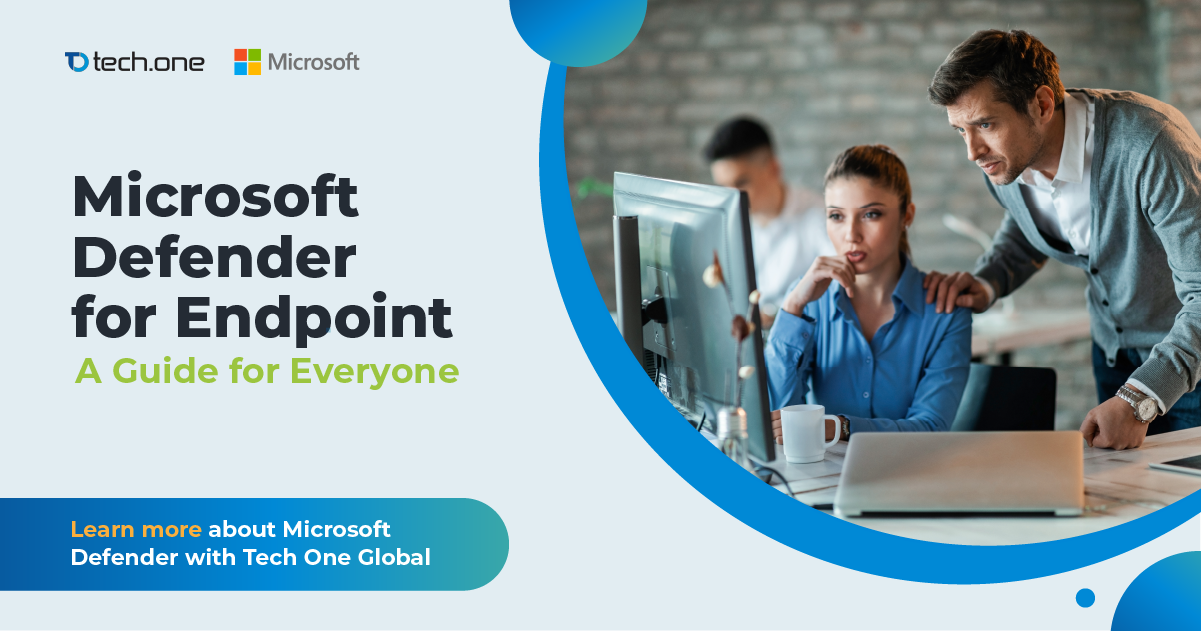
HR and employee engagement are among the biggest focuses of a modern workplace. These two particularly define the harmonious relationship between how the company serves its entirety through the HR to its internal clients (the employees) and how well it is received.
These aren’t new concepts but are largely affected by the transition happening in the office landscape, in almost all types and sizes of organizations.
So how is the HR-employee engagement going to be in an evolving landscape of the workplace? What are the trends that every organization should know?
Work has become output-based and workers seek more engagement
Jude Fernando, Tech One Sanje’s HR Manager, describes the evolving structure of work in a webinar: “The previous work landscape is input-based, meaning you have to work on a confined, controlled environment and monitored by a manager. Today is output-based which is irrespective of what you do or how you do it, so long that there is an output delivered at the end of the day.”
This simply puts more importance to freehand productivity that respects every worker’s way of accomplishing tasks, so long that deadlines are met, and the quality of work is not compromised.
Modern office technologies help achieve this unbounded, result-generating productivity that organizations aim today. These innovations help bring out the best from these workplace environments:
- Team-centric approach – strong empowerment for the whole team, not just for individual worker/employee
- Collective success valuation – achievement is through team effort and each member has a contribution to the success of a task
- Smart planning and monitoring of workloads – backend management of tasks can be done through office tools
These environments also call for stronger employee engagement, considering the fact that HRs today deal with three major generations in their pool of employees: Generation X, Generation Y (Millennials), and Generation Z. Each think differently which challenges the modern HR in bringing them together.
Investing in these office technologies such as Office 365 creates the opportunity to hit productivity and employee engagement in just one workplace effort.
With its applications that are a mix of the familiar and improved office tools (Word, Excel, PowerPoint, etc.) along with innovative platforms for collaboration and engagement (Yammer and Microsoft Teams), it’s not impossible for the HR to address these needs.
HR is becoming more strategic
The HR has been shying away from the common connotation as a pure clerical role. Over the years, it has become the seat of strategic engagement towards the employees and how this engagement can be leveraged for the entire standing of a business.
“Gone are the days that HR linger on basic functions. New technologies have enabled the HR to help the organization to gain competitive advantage,” adds Jude. This boils down to overtaking the basic, mundane functions of HR and transition to a strategic role—harnessing digital transformation (Dx) focusing more on gauging the Key Performance Indicators (KPI) of the whole operations and harness the data for better business decisions.
But how can the HR implement Dx and transition to a strategic approach? According to Akfash Latibu, Assistant General Manager of Tech One Sanje and a Microsoft MVP in a webinar, there are three main areas that the HR can implement Dx and become strategic:
- Value creation – this is giving the entire workforce the relevant digital tools to be more productive and reduce operational cost in the long run like Office 365 and Microsoft 365
- Customer satisfaction – this is hearing the pulse of both internal and external customers (clients and employees) through digital platforms/tools for the things that would affect the engagement like feedbacks, surveys, and the like and harnessing the data gathered to improve HR services
- Business continuity – this is securing the digital footprint of the HR processes along with security compliance and disaster preparedness. This can be done by establishing a document management system with automation capabilities paired with an HR portal. This is to integrate the HR processes with the tools and document management portals used in the organization.
With these addressed, HR can make a smooth transition to a strategic role as these can already take up the burden of manual HR work such as attendance and leave management, payroll, and the like.
Digital transformation is the destiny set for HR-employee setup
No turning back—HR-employee setup is bound to undergo this change as modern companies rely on data-driven and digital approaches more than ever. But the biggest problem that organizations face in implementing Dx is the culture change in terms of the workplace climate.
Wasantha Weerakoone, COO of Tech One Global, puts it this way in a webinar: “Historically, these are all aligned: tech, people, businesses, and public policies in the 70s. But you can see now the technology has moved so fast, but our belief systems have not changed. The ones who embrace this change are the ones who are going to improve without having limits.”
That’s why Dx should penetrate first the business leaders, Lars Jeppesen, CEO of Tech One Global, seconded in the same webinar. “They are the ones who need to drive this change, then it will only happen,” he adds. This trickles down to the workforce for employee engagement, up to satisfying external customers.
With the management buy-in secured, organizations can then focus on Dx and its phases. According to Jeppesen, Dx is divided into three phases:
- Digitization – this is fixing the past through on-boarding to a digital approach like document scanning
- Digitalization – this is focusing on the present through collaboration using online platforms and data analytics
- Digital Transformation – this is creating the future through creating insights from collated data and coming up with better business decisions
Going through these phases is no easy task for HR and the whole company, especially if employee engagement is not just the focal point of transitioning to digital. To help modern businesses cope with this change, Jeppesen and Weerakoone provided three trends that companies can follow:
- Be an API company by digitizing boundaries for both internal and external uses like invoices, order processes for clients, and digital payment flow
- Implement seamless productivity tools and paperless transactions through cloud-based platforms
- Install chatbots for company websites to cater to clients when no one is around
Employee engagement and digital transformation are just a few of the tech jargon that businesses should adapt to thrive in a modernizing business landscape. An effective employee engagement secures an organization’s foothold to the richest resource—their people—while harnessing digital transformation sets it for correcting past business decisions, re-aligned current company approaches, and data-driven vision for the future.
This might be overwhelming to face, but you can have a reliable tech partner to walk you through these things. We’re here. Talk to us.

